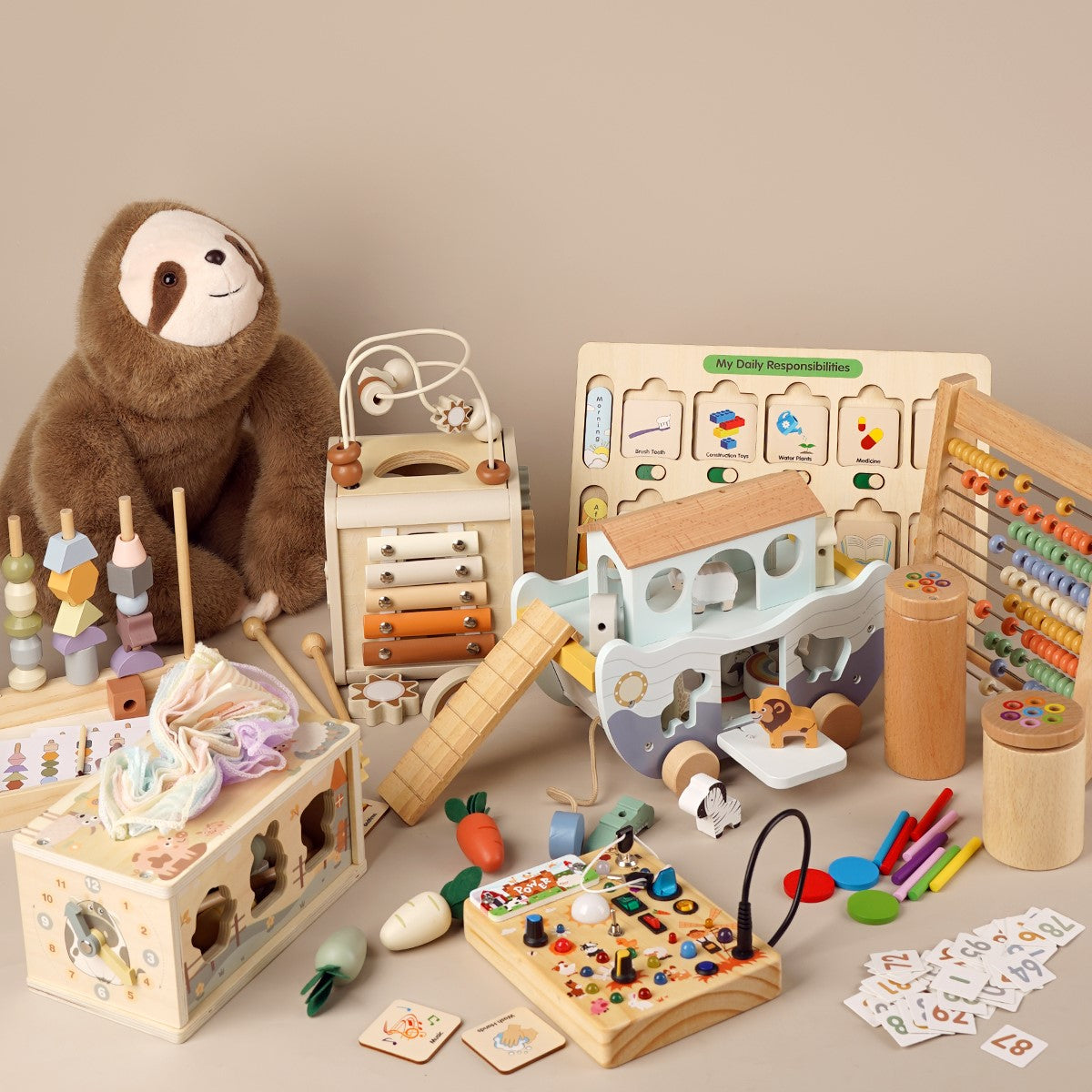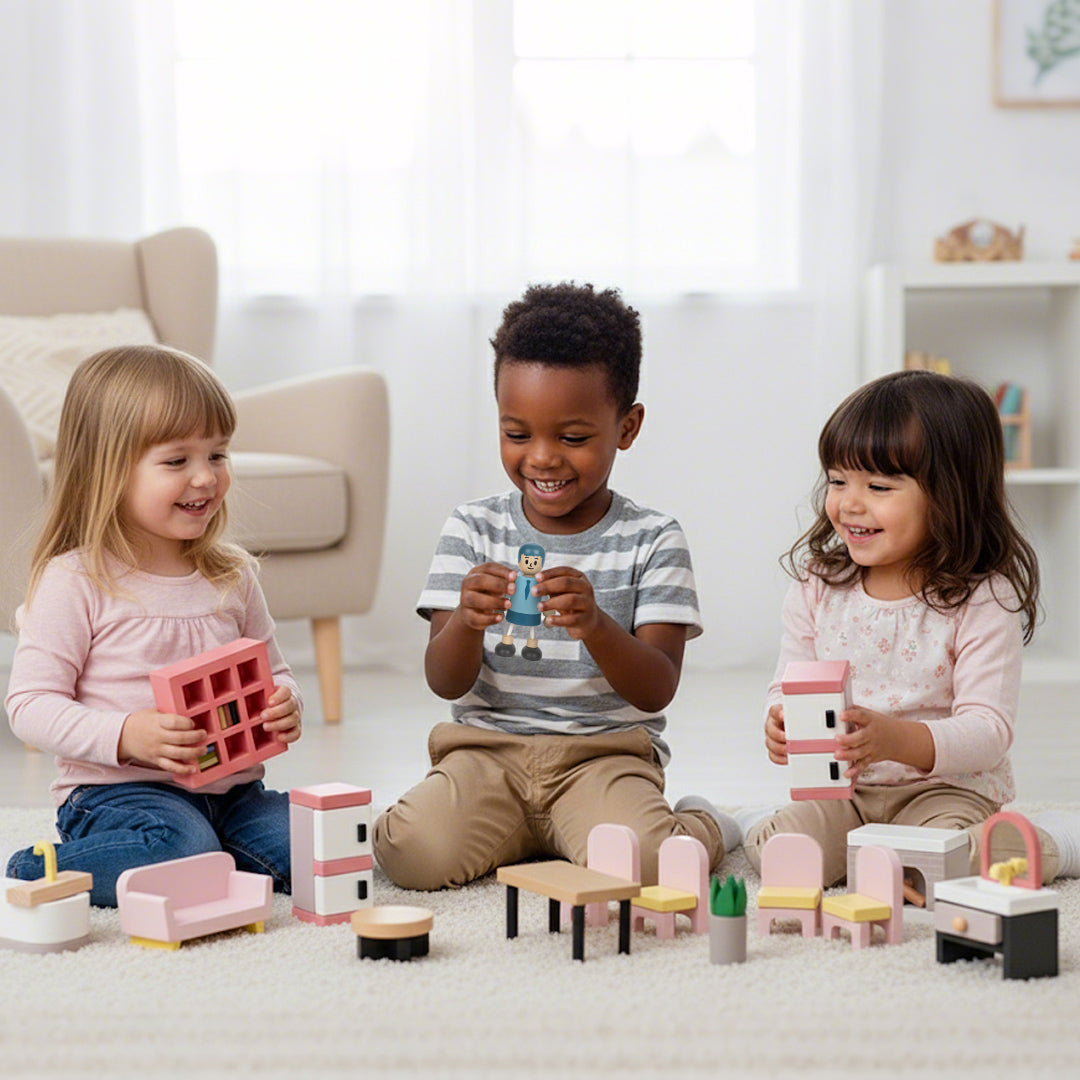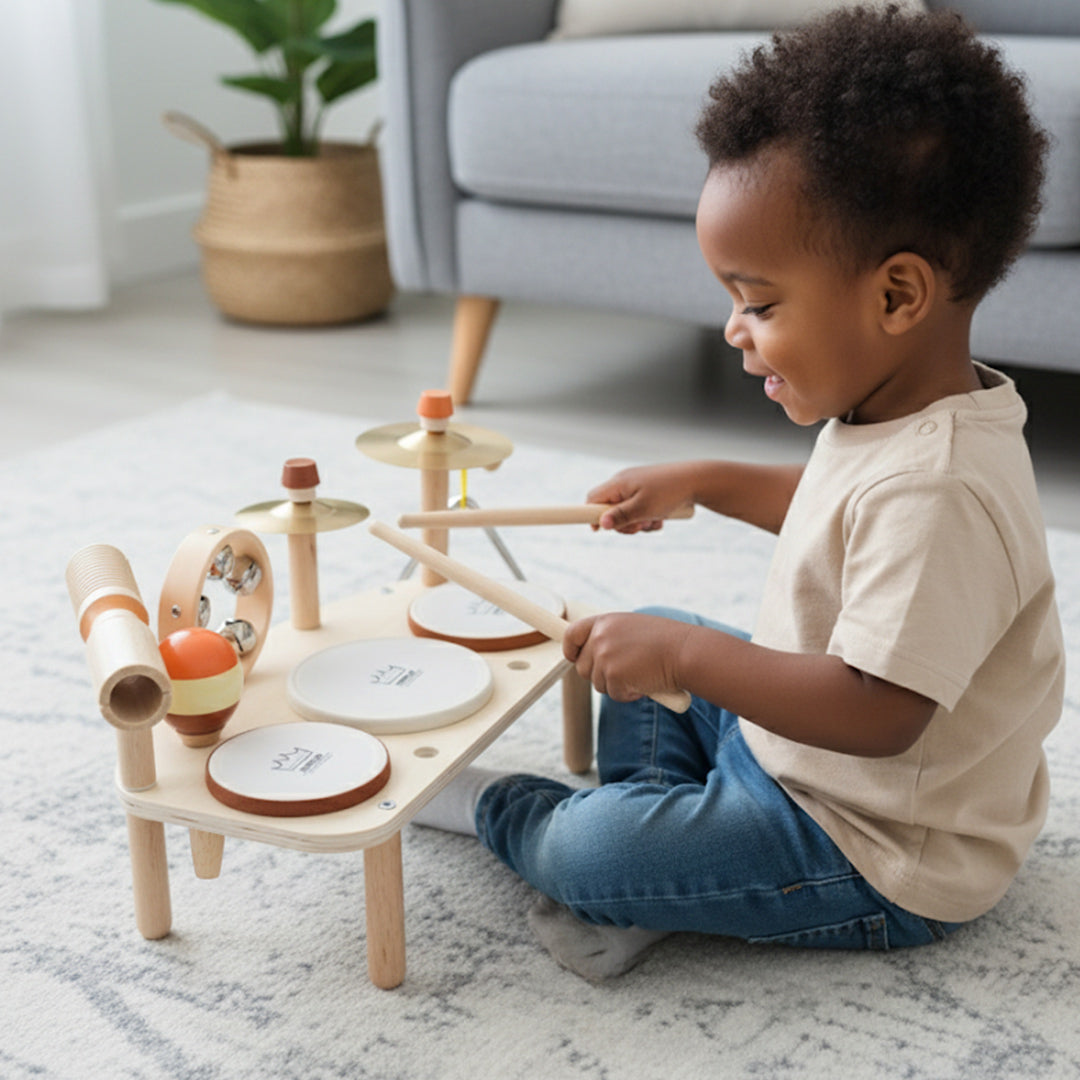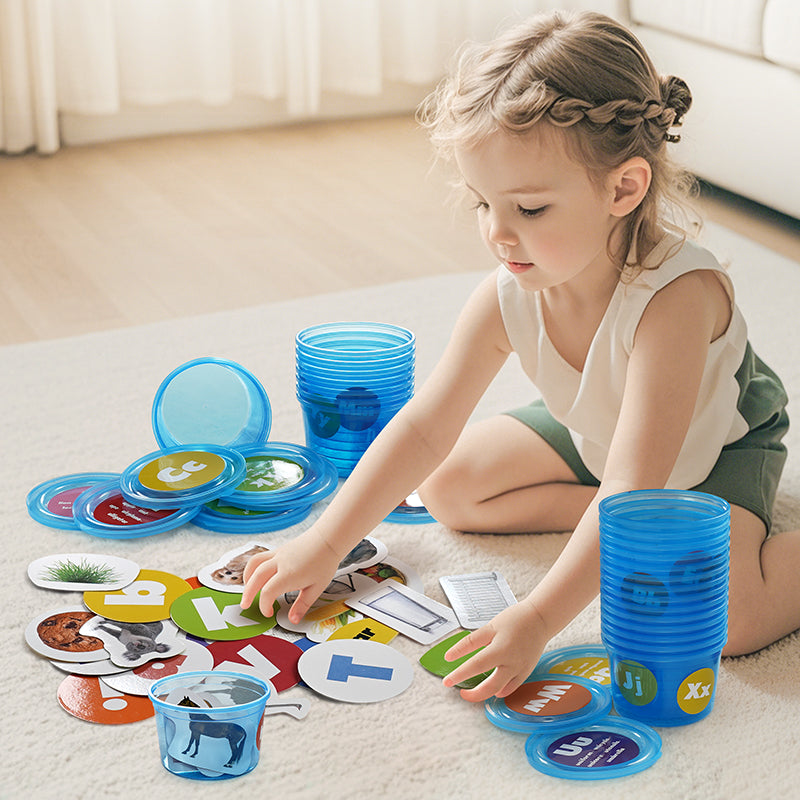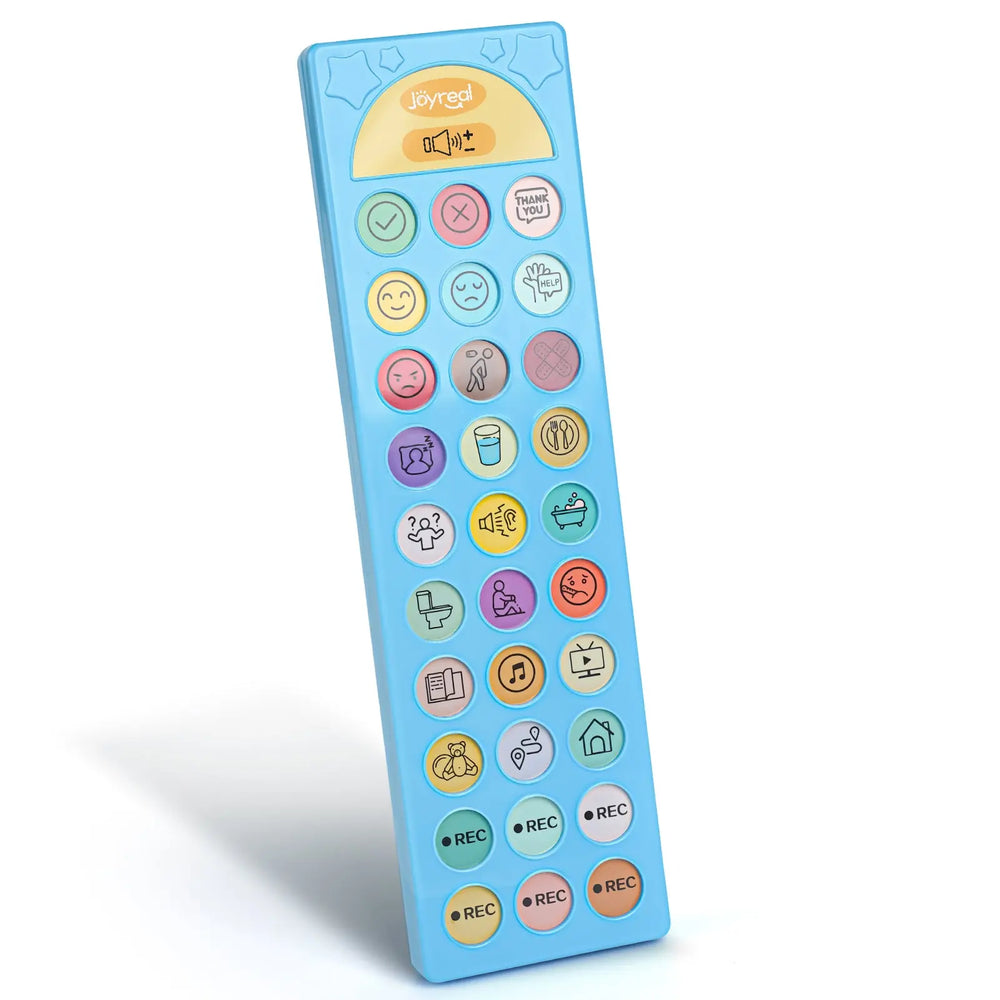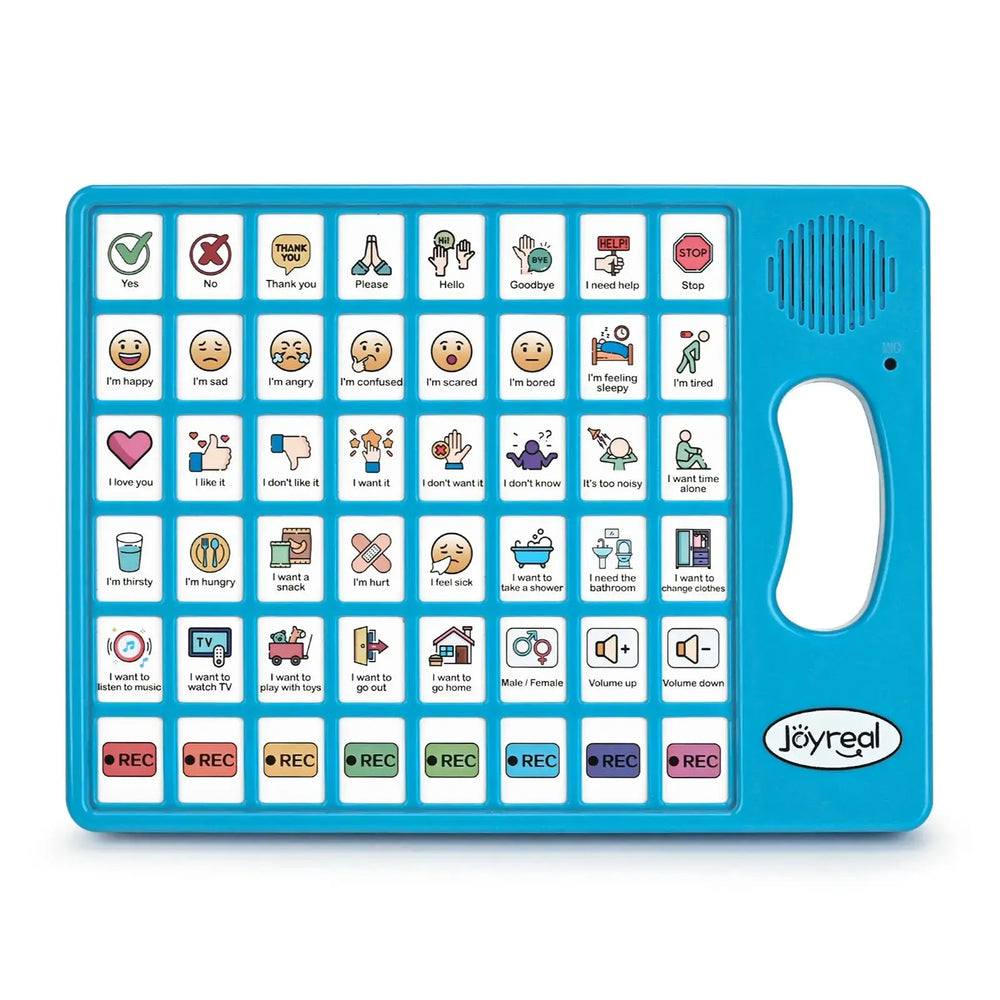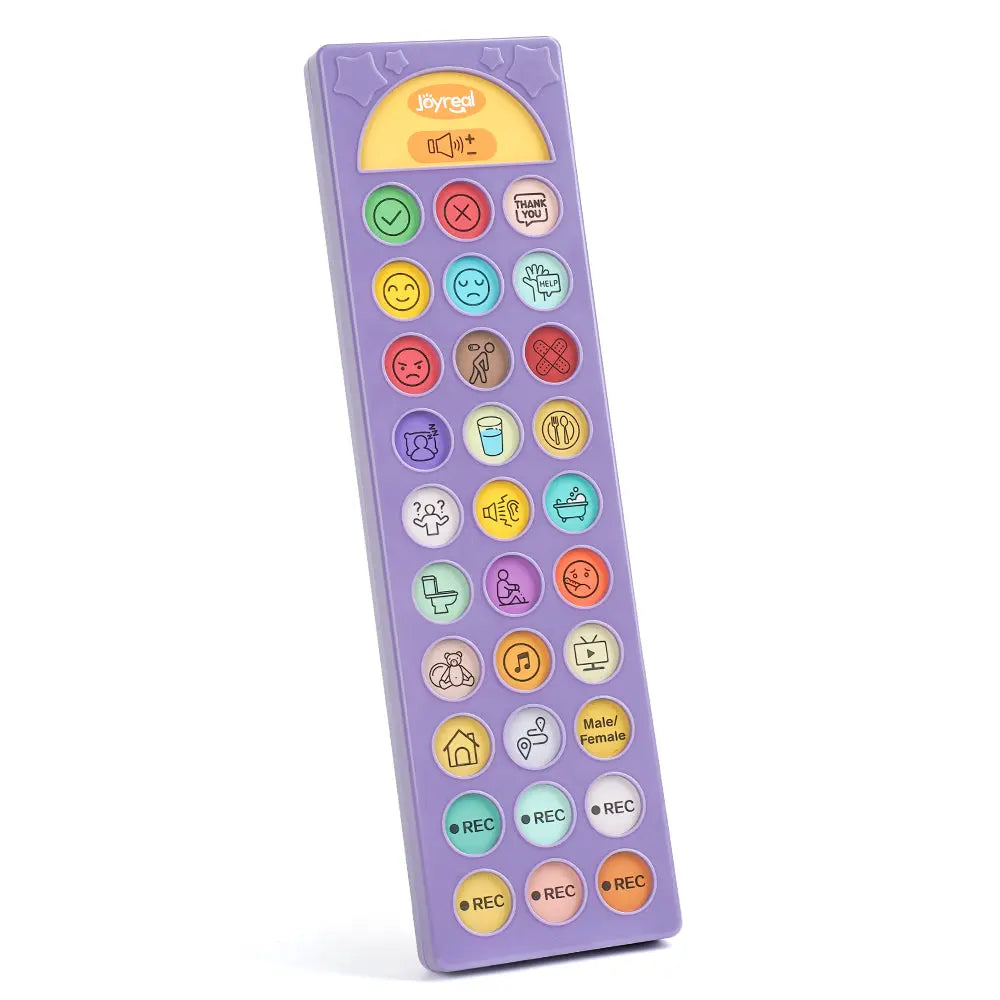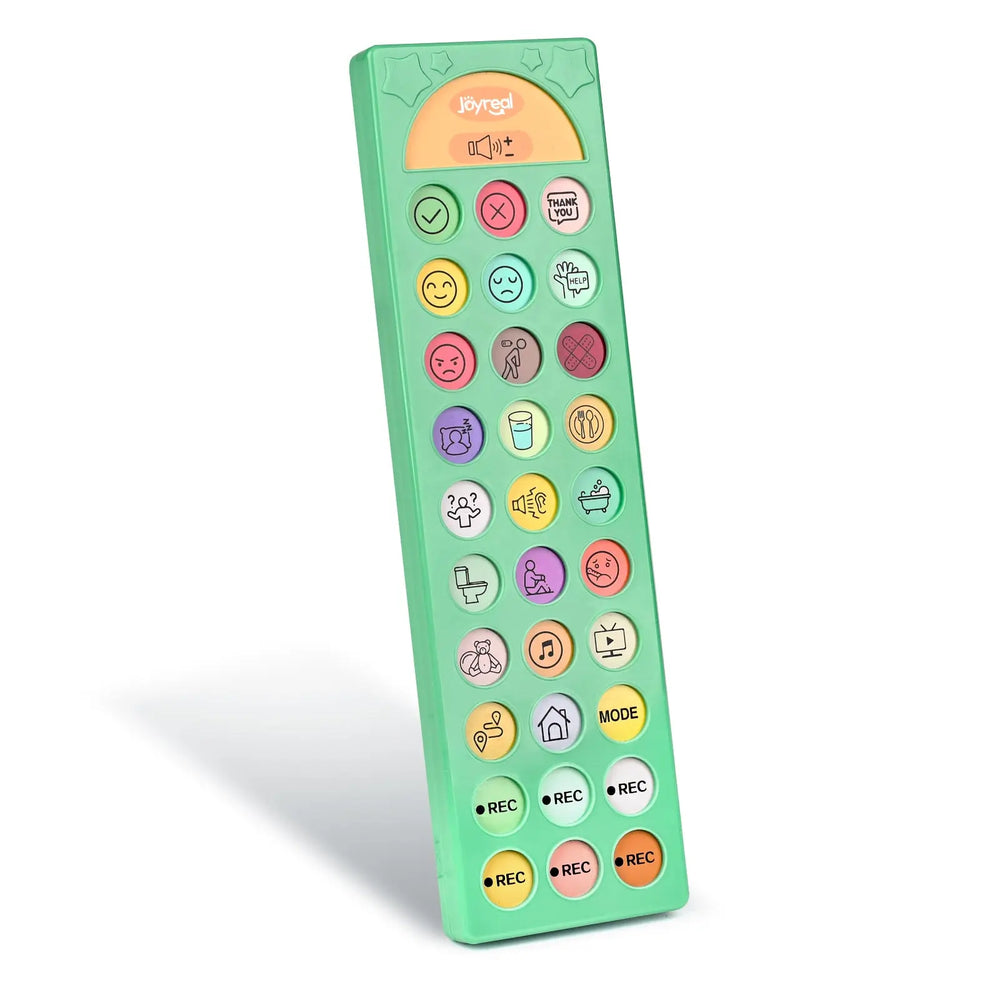DIY Communication Board vs Ready-Made AAC Devices
For children with autism or other communication challenges, an AAC Communication Board can open doors to expression, independence, and confidence. Families often face a key decision: should they create a DIY communication board at home, or invest in a ready-made AAC communication device?
Both options have unique benefits, and the best choice depends on the child’s needs, developmental stage, and family resources. In this article, we’ll explore the advantages of each, compare costs, and share expert tips for effective AAC use.
Why AAC is Essential for Children with Autism
Many children with autism experience speech delays or struggle to use spoken words effectively. AAC offers them an alternative channel to reduce frustration, improve learning, and encourage social participation. In fact, research shows that AAC does not hinder speech development—instead, it often accelerates it.
Advantages of DIY Printing or Handmade Boards
DIY communication boards are a popular starting point for many families, especially when a child is just beginning their AAC journey.
Fully Customizable to a Child’s Needs
Parents can design boards that reflect their child’s daily life and favorite things—whether that’s pizza, a toy car, or a beloved cartoon character. Customization ensures the board feels personal and engaging.
Cost-Effective, Especially for Young Learners
DIY boards can be made with printed templates, laminated sheets, or even hand-drawn icons. This makes them affordable and accessible, with minimal financial risk if the child outgrows or damages the board.
Easy to Replace Damaged or Outdated Icons
Because DIY boards are flexible, parents can easily swap out old icons for new ones. For example, if a child develops a new interest in dinosaurs or music, the board can evolve with them.
When to Invest in Professional Boards
While DIY boards are excellent starters, there are times when a ready-made AAC device is a better choice.
Durability and Professional Design
Commercial boards and devices are built to last. They often use sturdy materials, waterproof designs, and ergonomic layouts that can withstand daily use at home, school, and in the community.
Backed by Clinical Research
Many professional AAC devices are designed in collaboration with speech-language pathologists and researchers. This ensures that they follow evidence-based practices to support language development.
Ideal for Schools and Long-Term Use
In structured settings like classrooms, where consistency and durability matter most, a ready-made AAC device can be invaluable. These devices also support growth over time, offering advanced features like speech output.
AAC Board Design for Different Ages & Developmental Stages
Children’s needs evolve with age, and their AAC boards should grow with them.
Toddlers & Early Learners
- Use large, simple icons and a limited vocabulary (eat, drink, play).
- Focus on immediate needs to encourage communication.
Preschool & Elementary Children
- Expand to include feelings, places, and school-related words.
- Add categories (e.g., “food,” “friends,” “activities”) to support classroom integration.
Teenagers & Young Adults
- Reflect age-appropriate interests like music, sports, and social media.
- Prioritize independence with vocabulary for real-world scenarios (ordering food, asking for help, making plans).
Spotlight: Joyreal Communication Board
One excellent option for families is the Joyreal Communication Board
- It comes preloaded with essential daily communication phrases, making it practical for both beginners and advanced users.
- The built-in recording function allows parents, teachers, or therapists to record their own voices, providing a more familiar and comforting experience for the child.
- Its durable design makes it suitable for both home and school use, bridging the gap between affordability and professional quality.
For families who want a reliable, easy-to-use, and engaging AAC device, Joyreal offers an excellent balance of functionality and simplicity.
Cost Comparison: DIY vs Commercial Products
Here’s a breakdown of typical costs and trade-offs between different AAC options:
| Type | Average Cost | Pros | Cons |
| DIY Printed Board | $10–$50 | Affordable, customizable | Less durable |
| Handmade Board | $20–$100 | Creative, flexible | Time-consuming |
| Ready-Made AAC Device | $200–$2000+ | Professional quality, robust features | Expensive |
This shows that families can start small with DIY boards and later upgrade to professional devices as needed.
How to Introduce AAC to a Child with Autism
Starting AAC can feel overwhelming, but a structured approach helps children adapt.
Step-by-Step Training for Parents & Teachers
- Begin with familiar icons (food, toys, favorite activities).
- Model usage during routines (e.g., pointing to “drink” at snack time).
- Encourage requests, even if imperfect.
- Celebrate every attempt to boost confidence.
Overcoming Common Challenges
- Resistance to use: Start small with highly motivating items.
- Too many icons: Begin with fewer, then gradually expand.
- Consistency issues: Ensure all caregivers use the same system across environments.
Benefits of AAC Communication Board in Daily Life
AAC is more than a communication tool—it’s a bridge to meaningful participation.
- At Home: Family Communication
Children can express needs like “I’m hungry” or “I want to play,” reducing frustration and tantrums.
- At School: Classroom Integration
Teachers can use boards to include children in lessons, group projects, and discussions.
- In the Community: Social Participation
AAC empowers children to interact with peers, order food, or ask for help—boosting confidence and independence.
Expert Tips for Successful AAC Use
- Collaboration with Speech Therapists
Speech-language pathologists can guide families in choosing vocabulary, layouts, and strategies for effective use.
- Consistency Across Environments
Use the same system at home, school, and therapy to reinforce learning.
- Encouraging Independence
Gradually reduce prompts so children move from guided communication to spontaneous self-expression.
Conclusion
AAC Communication Boards and Joyreal aac devices for autism are not just tools; they are gateways to connection, independence, and empowerment. By personalizing boards with a child’s favorite icons, balancing DIY options with professional devices, and adapting designs across developmental stages, families can unlock the magic of communication.
For parents and teachers, the journey may take patience, but the reward—hearing a child express their first meaningful thought—is priceless.
FAQs
Q1: Does AAC stop children from learning to talk?
- No. Studies show AAC often encourages speech rather than replacing it.
Q2: What is the best AAC device for autism?
- It depends on the child’s age, abilities, and environment. Low-tech boards are great starters; high-tech apps suit advanced learners.
Q3: Can I create my own AAC board at home?
- Yes! Many parents use printable templates or handmade boards before transitioning to professional devices.
Q4: How do I know which icons to include?
- Start with your child’s daily needs and favorite items, then expand vocabulary gradually.
Q5: Are AAC devices covered by insurance?
- In many countries, yes. Check with your healthcare provider or local education system.
Q6: How long does it take for a child to use AAC effectively?
- It varies—some children adapt within weeks, others need months of consistent practice and support.
Maybe it will be helpful for you:
Recent Post

What Finally Helped My Toddler Speak Up?
If you’re a toddler mom, you already know how much emotional weight...

Joyreal Christmas Toys Deals 2025
Enjoy instant savings across nearly every category, from early lear...

How Wooden Montessori Toys Support a Sustainable Childhood
Most parents don’t say it out loud, but many feel the same quiet fr...

Top Christmas Gifts to Help Kids Communicate Better This Holiday Season
The holiday season brings joy, family bonding, and endless opportun...

How to Make DIY Printable Communication Boards
Communication is at the heart of every child’s development — and fo...

Top 5 Christmas Gifts That Bring Families Closer (2025 Guide)
Christmas isn’t just about the gifts — it’s about the moments we c...

Top Musical Christmas Gifts for Toddlers & Preschoolers 2025
Why Musical Gifts Are Perfect for Toddlers and Preschoolers Music h...

Joyreal AAC Devices Wholesale Partner
In today’s educational and therapeutic environments, speech therapi...

Joyreal AAC Device – Big Sale for Autism & Speech
Every Voice Deserves to Be Heard Imagine your child looking up at y...

How to Choose Safe & Educational Toys for Christmas 2025
When “Just a Toy” Means So Much More If you’re a parent, you know t...
